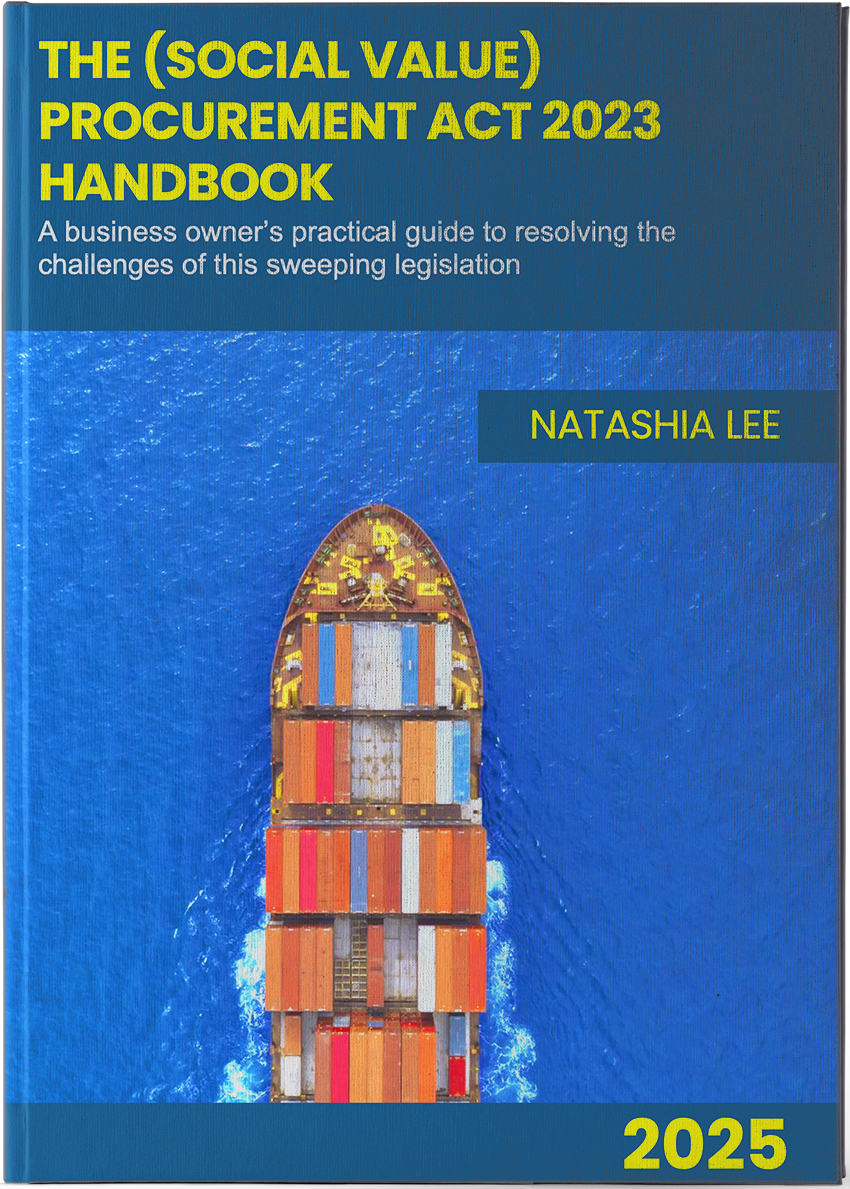A professional’s guide to the Procurement Act 2023. We explore the new legislation and offer a FREE COPY of our 50-page Procurement Act Handbook (published 2025). Expert guidance and checklists!
In this extract of the ESG Pro Procurement Act Handbook, we consider the key changes to the Procurement Act 2023 and especially the need to manage procurement risks and challenges.
Introduction to Procurement Risks and Challenges
Public procurement is inherently complex, with a range of risks that can impact the effectiveness and success of procurement strategies. The Procurement Act (2023) introduces new measures to mitigate common risks, but suppliers and procurement professionals must still navigate various challenges, including compliance, financial stability, supply chain resilience, fraud prevention, and contract management.
This section explores the most prevalent risks in public procurement, how the new regulatory framework addresses these issues, and best practices for mitigating risks to ensure compliance and contract success.
Key Risks in Public Procurement
1. Compliance Risks and Regulatory Violations
One of the most significant challenges in public procurement is ensuring compliance with complex legal and regulatory requirements. The Procurement Act (2023) mandates transparency, non-discrimination, and Social Value integration, meaning suppliers must demonstrate full adherence to compliance criteria.
Failure to comply with regulations can lead to contract disqualification, financial penalties, reputational damage, and legal disputes. Suppliers must implement robust compliance monitoring systems to ensure:
- Alignment with PPN guidance, including Social Value obligations and sustainability
- Ethical supply chainpractices that prevent human rights
- Documentation and audit trails that meet regulatory scrutiny.
2. Financial Risks and Cost Overruns
Budget management remains a central risk in procurement. Cost overruns due to inaccurate pricing, inflation, or unforeseen supply chain disruptions can lead to financial losses and non-fulfilment of contract obligations.
- Key strategies to mitigate financial risks include:
- Comprehensive cost forecasting to ensure accurate pricing models.
- Financial due diligence to assess supplier stability before awarding contracts.
- Risk-sharing agreements that allocate financial risks between buyers and suppliers.
3. Supply Chain Disruptions and Resilience Challenges
Recent global events, such as the COVID-19 pandemic and geopolitical tensions, have highlighted the vulnerability of supply chains. Delays, shortages, and transportation issues can severely impact contract performance.
The Procurement Act (2023) encourages procurement authorities to assess supply chain resilience by:
- Conducting risk assessments of suppliers’ logistics and inventory management.
- Prioritising local and diversified suppliers to reduce reliance on single-source contracts.
- Mandating contingency planning for emergency procurement situations.
4. Fraud, Corruption, and Ethical Risks
Public procurement is a frequent target for fraud, bribery, and corruption. Procurement fraud can take multiple forms, including bid-rigging, invoice fraud, and conflict-of-interest schemes. To combat fraudulent activities, the Procurement Act (2023) strengthens anti-corruption measures by:
- Requiring greater transparency through publicly available contract registers.
- Implementing real-time procurement audits to detect irregularities early.
- Enforcing whistleblower protections for reporting procurement fraud.
Suppliers must also establish internal anti-corruption policies to ensure compliance with procurement ethics.
5. Contract Management and Performance Risks
Winning a public contract is only the beginning—ongoing contract management is crucial to meeting obligations and avoiding penalties for non-performance. Key challenges in contract management include:
- Scope creep, where contract requirements expand beyond original agreements, leading to delays and increased costs.
- Failure to meet Key Performance Indicators(KPIs) outlined in tender agreements.
- Disputes over service quality, delivery timelines, and milestone achievement.
The new Act encourages procurement professionals to monitor supplier performance in real-time, with mechanisms for early intervention if performance standards are not met.
Best Practices for Managing Procurement Risks
To ensure successful contract execution and risk mitigation, procurement teams and suppliers should adopt the following best practices:
 |
Develop a Compliance Framework – Regularly review and update procurement policies to align with the latest regulatory requirements, including PPN guidance. |
 |
Strengthen Financial Planning – Implement robust budget forecasting and contingency funding to prepare for potential cost overruns. |
 |
Strengthen Financial Planning – Implement robust budget forecasting and contingency funding to prepare for potential cost overruns. |
 |
Enhance Supply Chain Resilience – Diversify suppliers, establish alternative sourcing options, and adopt digital supply chain monitoring tools. |
 |
Improve Contract Monitoring – Establish digital contract management platforms to track KPIs, deadlines, and compliance metrics in real time |
 |
Implement Fraud Prevention Measures – Conduct routine audits, enforce strict supplier vetting, and create internal reporting channels for ethical concerns. |
Summary
The Procurement Act (2023) introduces a more structured approach to mitigating procurement risks, emphasising compliance, transparency, and supply chain resilience. However, procurement professionals and suppliers must take proactive steps to manage financial risks, prevent fraud, and ensure contract performance.
By leveraging best practices in risk management and adopting advanced compliance frameworks, businesses can improve their chances of securing public contracts while delivering high-quality and sustainable services.
The next section will explore Small Business and SME Considerations, examining how the new Act supports smaller suppliers and promotes inclusive procurement practices.
In the next section, we will explore Managing Procurement Risks and Challenges, discussing the key risks associated with the new procurement framework and how businesses can mitigate them effectively.
